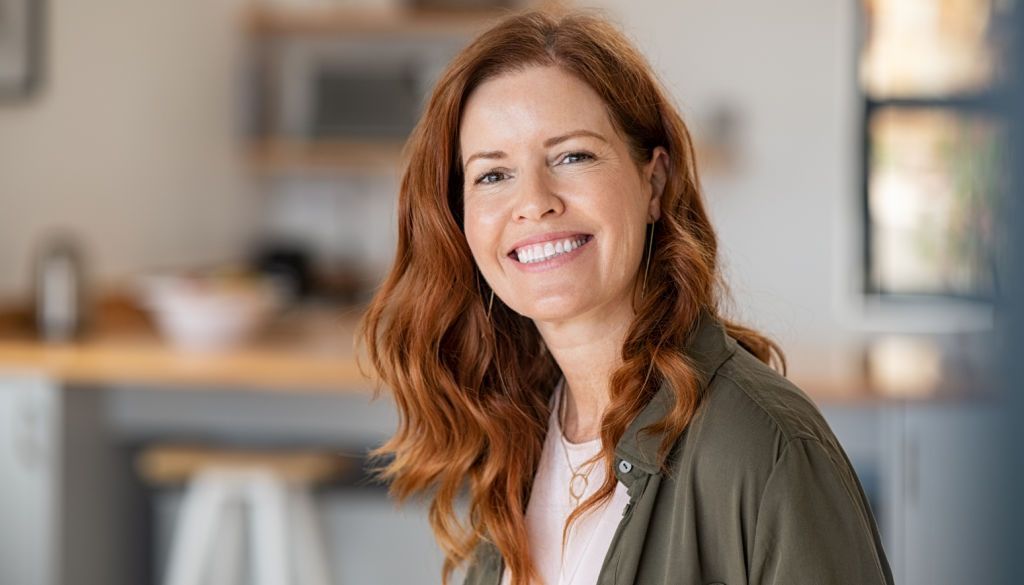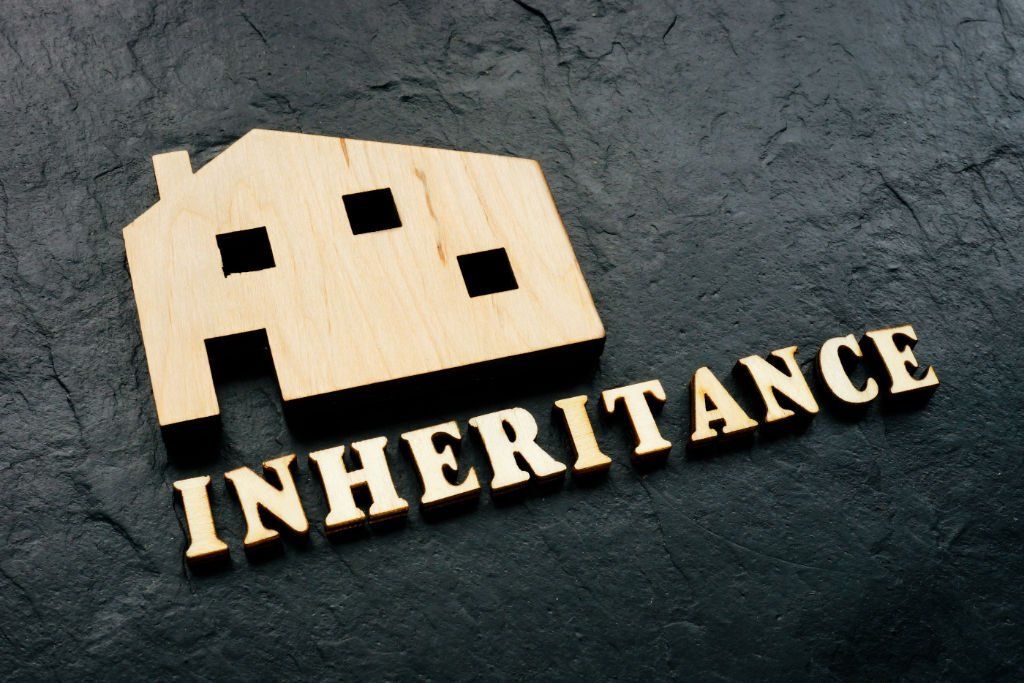The Biggest Tax Break for Your Home

Taxes on real estate are a two-edged sword. There are some surprisingly gracious provisions in the tax code and some unexpectedly onerous requirements. In this article I am going to talk about the biggest tax break that most homeowners can benefit from--and the rules that you need to be aware of.
When you sell an investment property, the gain is subject to taxes. (Taxes on real estate can be in the form of recapture using ordinary income tax rates, unrecaptured Section 1250 income taxed at a maximum rate of 25%, and regular long-term capital gains with a maximum of 15% or 20%.)
You can owe a lot of taxes when you sell an investment property,
especially if that property has gone up in value and at the same time you have
been depreciating it on the books.
But when you sell your personal residence
, your gains may
be excluded from tax. Under Section 121 rules, you can exclude up to $500,000
for married couples filing jointly or up to $250,000 for single taxpayers.
This is the biggest tax break I know of. The caveat is you must
sell your home to take advantage of it.
Sign up to receive my free monthly email articles on retirement planning--no cost, no obligation .
Homes owned for decades can have large gains due to real estate inflation. Many of you paid more for your last car than your first home.
By the way, if you sell your home at a loss, there is no deduction
for the loss.

What qualifies as a Personal Residence?
Your home. Your home may be a house, yacht, houseboat, house trailer, condominium, or a cooperative apartment or housing corporation in which you own stock and live. If you have more than one residence, the one in which you reside most of the time is your principal residence, unless you can show otherwise.
Vacant land. Vacant land may be considered a sale of your principal residence if the land is adjacent to the land your home is on, assuming you owned and used the land as part of your principal residence.
You must sell the house in a sale or exchange that meets the
requirements of Section 121 within two years before or two years after the date
of the sale or exchange of the vacant land. The requirements of
Section 121 must have been satisfied for the vacant land.
The sale of the dwelling unit and the vacant land are treated as one
sale. So, the applicable maximum exclusion of $250,000 or $500,000 (whether individual
or joint tax return) applies to the combined sale.
Nonqualified Use
“Nonqualified use” refers to any use of the property after 2008 during which you, your spouse, or former spouse did not use the property as your principal residence. For example, this is the period when the property is being used as a vacation home or as a rental property. This nonqualified use results in a partial exclusion when you sell the property. In other words, the previous use of your personal property as a rental or vacation home can prevent you from getting the maximum exclusion of $250,000 or $500,000. The next paragraph explains.
Investment to Personal. A partial exclusion (due to nonqualified use) applies where you used the residence for nonqualified purposes and then convert it to a principal residence. The order is important here. Moving from investment to personal can reduce your exclusion amount.
For example, let’s say you have owned a mountain cabin for 10
years. You rented it for the first 6 years before you made it your personal
residence (the last 4 years). You will only get 40% (4/10 years of personal qualified
use) of the full exclusion when you sell the cabin. Married filing jointly,
this would be $200,000 ($500,000 x 0.4). If you're single, only $100,000 of gain
would be excluded ($250,000 x 0.4).
If the gain on the property is less than these amounts, it is not
an issue. But if you have a property with a higher gain, you want to be aware
of this in your decisions regarding renting, moving in, and selling.
Investment to Personal. If you used the residence as a principal residence, and then convert the property to a nonqualified use , you may potentially qualify for a full exclusion. For example, if you use your home as your principal residence for two full years, you can then convert it to a rental home or vacation home (nonqualified use) for up to three years and still get the full Section 121 exclusion.
Note the pressure here is the two-of-the-previous-five-years window. To get the full exclusion for a property with a high capital gain, you could only rent your home for three years.
What are the requirements?

For singles.
If you are single, you can exclude up to $250,000 gain on the sale
of your home. To qualify, you must meet two requirements. First is the ownership
and use test. You must have owned and used the home as your principal residence
for two of the past five years. Second, you must not have used the Section 121
exclusion within the past two years.
For the married
. If you are married and file a joint return,
you can exclude up to $500,000. One of you must have owned
the home for at least two of the previous five years before the sale, and both
of you
must have used
the home as a principal
residence for at least two of the previous five years before the sale.
Also, if one spouse is unable to use the exclusion, the other
spouse may still exclude up to $250,000 of gain.
Example 1
.
John has owned and resided
in his home for many years. On July 1, 2017, he marries Janet. Janet immediately
moves into John’s home and they live there until August 1, 2019. Filing a joint
return for 2019. The gain on the sale of John’s home is $450,000. They may exclude
up to $500,000. Although Janet had no ownership interest in the residence, they
qualify for the full exclusion because one
of the spouses (John) owned the residence for at
least two of the five years prior to the sale, and they both
used the residence for at
least two of the five years prior to the sale. So, they pay no taxes on the
gain of $450,000.
Example 2 . During 2019, a married couple, Bob and Sue, each sell their home that was separately owned and used as a principal residence by each before their marriage. Both Bob and Sue meet the ownership and use tests for their respective homes. Neither meet the use requirement for their spouse’s residence. They file a joint return for the year of the sales. The gain realized from the sale of Bob’s home is $200,000. The gain realized from the sale of Sue’s house is $400,000. Because the ownership and use requirements are met for each residence by each spouse, they are each able to exclude up to $250,000 of gain from the sale of their individual residences. However, Sue may not use Bob’s unused exclusion of $50,000 ($250,000-$200,000). Therefore, Bob and Sue pay taxes on $150,000 of the gain realized on the sale of Sue’s house ($400,000-$250,000).
What about the widowed and divorced?

For a widow or widower . A you are a widow or widower, you may exclude up to $500,000 gain on a house you sell no later than two years after your spouse’s death, assuming the other requirements are met. If you and your spouse would have qualified for $500,000 exclusion immediately before the death of your spouse, you can exclude gain up to $500,000 within two years of your deceased spouse’s death. But you must be unmarried to qualify under this special allowance.
So, if you think you may want to sell your home with a large capital gain after your spouse dies, you want to keep the two-year window in mind. And if you are contemplating marrying someone else in that two-year period, you may want to postpone the marriage until after home sells inside the two-year window.
It may save you money to take less for the home in order to sell by the deadline to avoid the higher taxes.
If you had a gain of $400,000 and sold the
house two and a half years after your spouse’s death, you could only exclude
$250,000. You would owe taxes on $150,000. If your gain is less than $250,000,
then the two-year deadline and remarriage consideration is irrelevant.
Divorced. If you are divorced or legally separated, if either you or your spouse meets the two-of-five-year test and one of you lives in the residence by court order, then each of you may exclude up to $250,000.
What are the exceptions to the rules?

An exception to the once-every-two-year rule and the
two-out-of-five-year rule is available if you move because of a new job, for
health reasons, or due to other “unforeseen circumstances” as defined in the
Regulations. Treasury Decision 9031
provides examples of the definition of
unforeseen circumstances, such as:
- the involuntary conversion of the residence
- natural or man-made disasters or acts of war or terrorism resulting in a casualty to the residence
- death of a qualified individual
- a qualified individual’s cessation of employment which makes the individual is eligible for unemployment compensation
- a change in employment or self-employment status of a qualified individual that results in the taxpayer’s inability to pay housing costs and reasonable basic living expenses for the taxpayer’s household
- a qualified individual’s divorce or legal separation under a decree of divorce or separate maintenance
- multiple births resulting from the same pregnancy of a qualified individual (A qualified individual for this purpose is the taxpayer, the taxpayer’s spouse, a co-owner of the residence or a person whose principal place of abode is in the same household as the taxpayer.)
Under these exceptions, you can use a partial, pro rata exclusion. For example, if you are single having lived in your home for 12 months, and then move to take a new job, you can exclude up to $125,000 of gain (50% of $250,000).
Final Comments
There are lots of big tax mistakes and tax opportunities in the renting
or selling of your home, or in moving into your vacation or rental
property. Have your financial adviser collaborate with your accountant and a real estate tax professional before making any decisions. There are
lots of moving parts to coordinate. Click here for the IRS Section 121 code—Exclusion of gain from sale of principal residence.
By taking the extra effort to do some careful financial planning, you can avoid overpaying the IRS and have more funds for your cherished goals.


Travis Echols , CRPC®, CSA
Receive free Social Security Guide by email
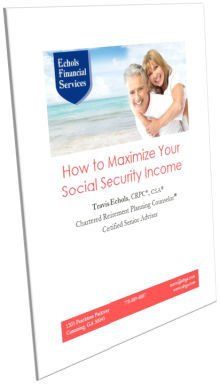

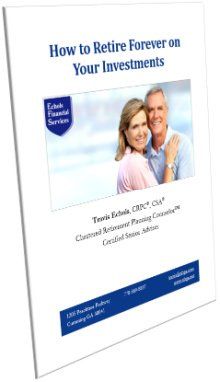
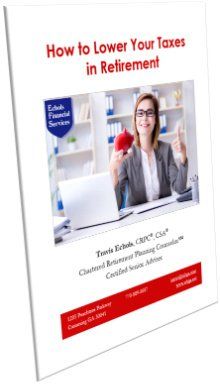
Investment Advisory Services offered through JT Stratford, LLC. JT Stratford, LLC and Echols Financial Services, LLC are separate entities.
